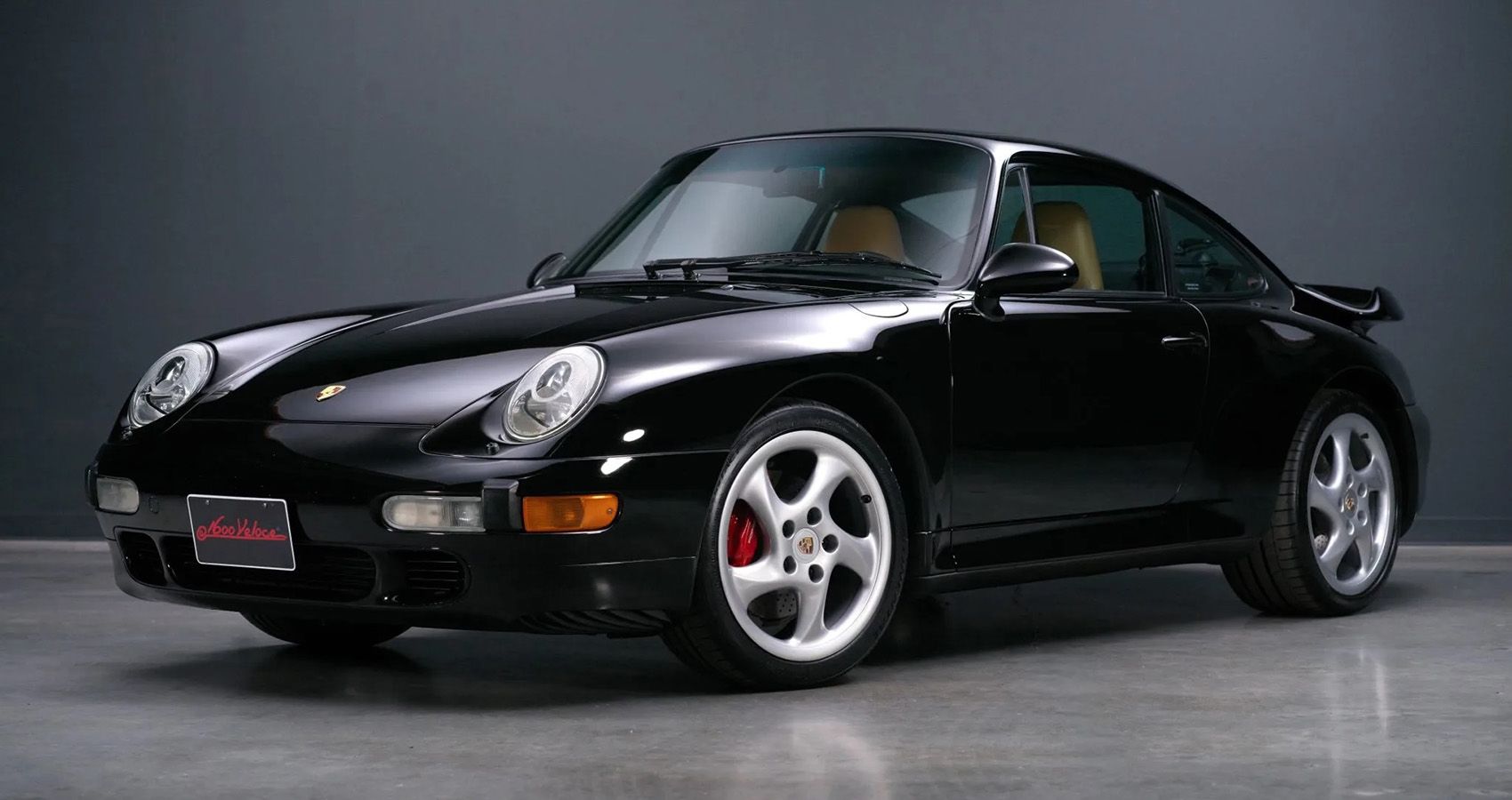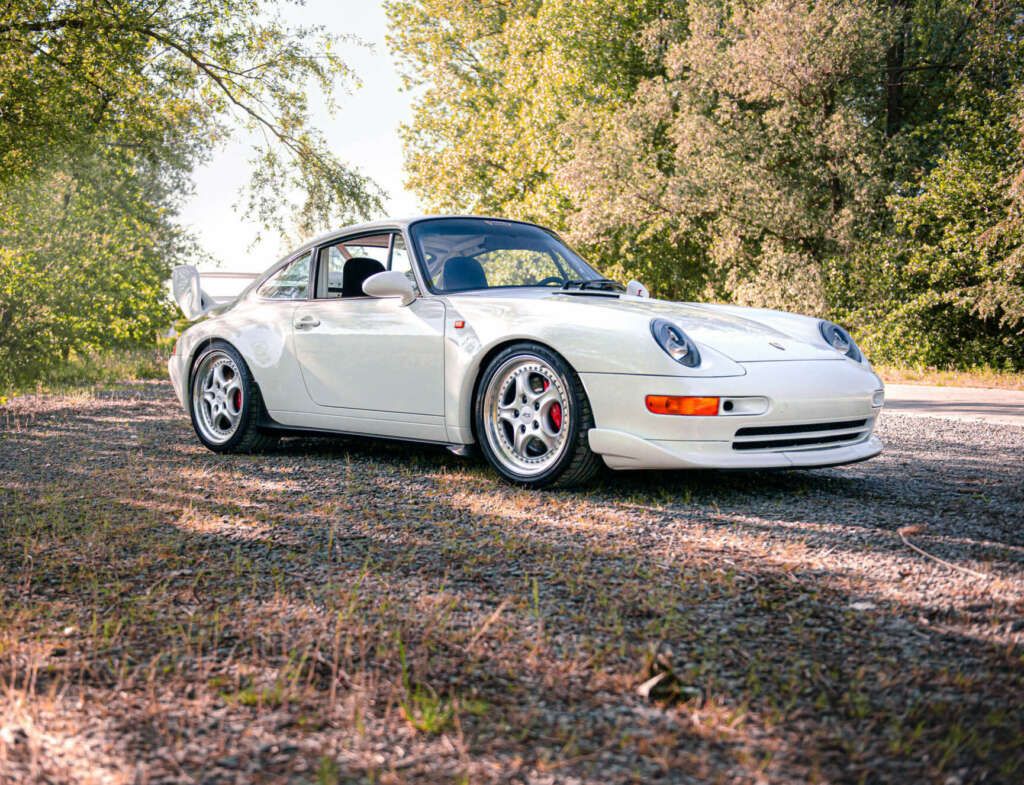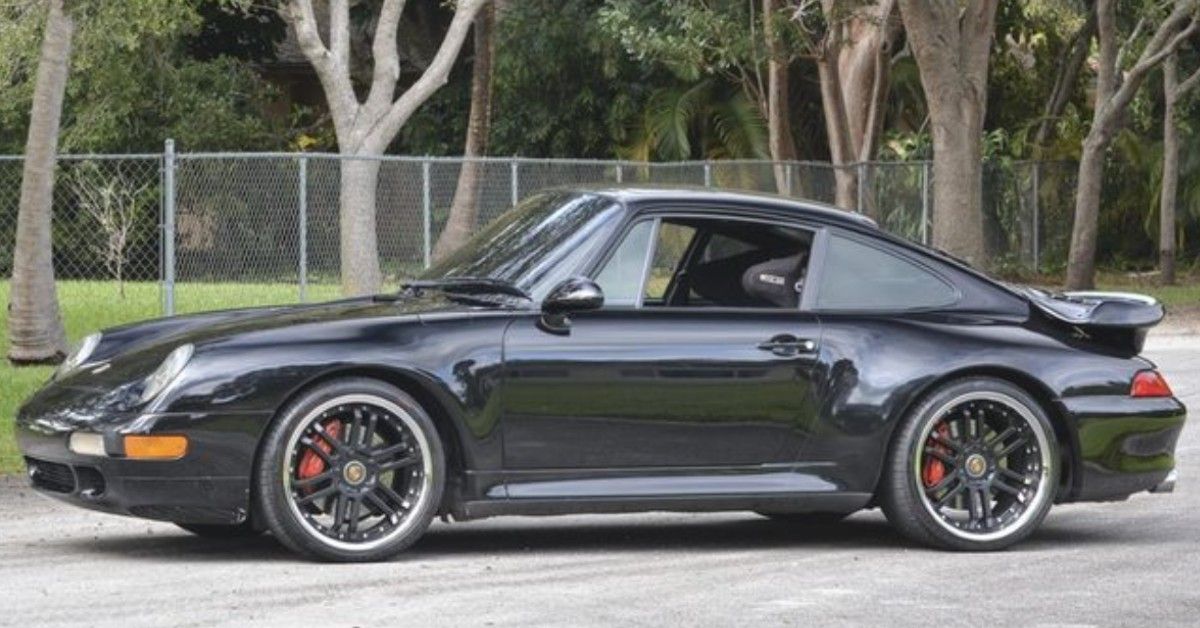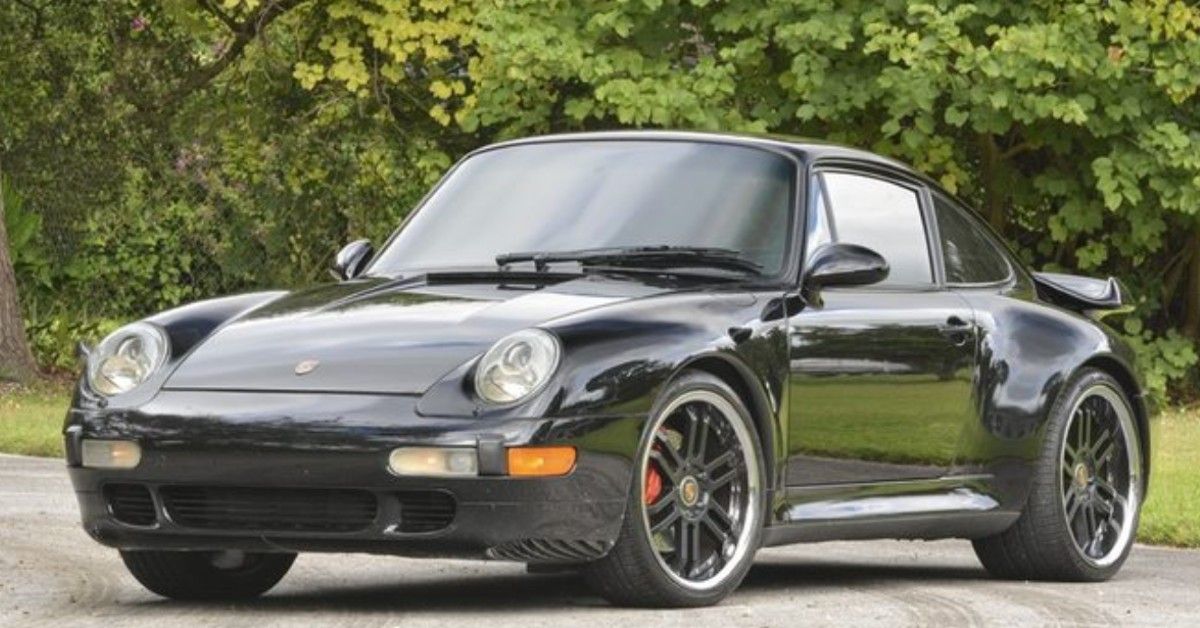What do The Simpsons, Love & Other Drugs and Die Another Day have in common? Apart from being pop culture phenomenons, these movies, and TV series all have a reference to the Porsche 993. This Porsche 911 model has become something like the pinnacle of 911 perfection, and most car collectors would love to have this '90s icon in their collection. But Porsche only produced around 68,000 of the 993 model from 1993 to 1998, so given its scarcity, it’s quite rare to find one in mint condition on the market. And it’s not just scarcity that boosted the prices of the 993 in the past years. Naturally, it helped that this was the last air cooled 911 model. And if that wasn’t enough, the 993 also came with the all-new aluminum chassis.
Unfortunately, prices for 993s have skyrocketed in recent years. Hemmings features various 993s with prices ranging from $64,500 for a 1995 Carrera Cabriolet to a staggering $349,000 for a modified 1995 Porsche 993 SuperCup that now includes a new engine and transmission. Meanwhile, Porsche fans will find the same 1995 Carrera Cabriolet on Classic Cars still at $64,500 together with a wide range of other 993s whose prices climb all the way to $285,000. For those who are wondering why an automobile that is getting close to its 30th birthday is so pricey, here is the explanation.
The 993 Represents The End Of An Era
According to Hemmings, the 993 represents “the end of a technical line that originated 30 years before.” The publication goes on to explain that the 993 was the second important redesign in the flat-six sports car’s history, after the 964-chassis 911 of 1989-1994. Evidently, all these attributes made the 993 an instant market success and helped this Porsche model solidify its position as a segment leader.
Contemporary buyers love this model because it is a symbol of a bygone era, one defined by excess and success. Naturally, this creates a story that is appealing to nostalgic buyers. Let’s not forget that Boomers' nostalgia helped boost sales for the Dodge Challenger, so it’s not surprising that Millennials dubbed by the media, “the most nostalgic generation ever,” are boosting sales for the 993.
“Like the OK Boomers with their six-figure Mopars, the passionate (and financially secure) are seeking what they knew and loved as kids,” says The Drive. After which, the writer adds: “the appreciation for 1980-1999 cars—from the Lamborghini Countach to a Toyota Tercel wagon —among millennials can only be compared to the way Boomers rediscovered muscle cars in the early Aughts and promptly sent prices for rarer models into the six-figure range.”
Major Redesign That Was An Instant Market Success
Sports car aficionados know who Dr. Ulrich Bez was because of his incredible accomplishments at Porsche, BMW and later Aston Martin. In the '70s, he was responsible for developing Porsche’s crash test program. Later, he moved to BMW, where he established BMW Technik, the division responsible for creating the Z-series, just to return to Porsche in 1988, where he updated the 911 and designed and developed the 993.
Under Dr. Bez’s leadership, the new 911 hit the market with a redesigned galvanized steel bodywork. Due to the change from round to poly ellipsoidal headlamps, the front area is lower than on prior models. Conversely, the taillights sat higher than they had in the past due to the raising of the back fenders. Furthermore, for the naturally aspirated 993s, Porsche preserved the speed-activated rear deck lid spoiler, which was first featured on the 964.
The 993s Had Additional Innovations
Porsche offered various body styles for the 993 – Coupe, Cabriolet and a new-style Targa. The Targa came with this incredible innovation of an electric laminated glass roof panel that slid under the rear window, which was a very cool feature for summer months. Meanwhile, the Turbo model came equipped with a biturbo engine, which, back in 1995, had the lowest emissions of any series-produced car in the world. The hollow-spoke aluminum wheels on the Turbo (commonly named “Turbo Twists”) were still another advancement. An additional standout feature on the Turbo was the fully body-colored rear spoiler.
Elsewhere, the 1997 Turbo S, designed by Porsche Exclusive, came with additional aerodynamic improvements and rear fender-mounted air intakes. This vehicle had a 424 horsepower engine and a 3.6 second 0 to 60 mph acceleration time. Evidently, the 993 had style, speed, various engines that were perfectly adapted for each consumer segment, and incredible on-board luxuries. It goes without saying that all of these characteristics made the 911 model a timeless classic that will be in great demand even in the future.
Sources: IMCDB, Porsche, Hemmings, Classic Cars, The Drive, and High Brow Magazine.




